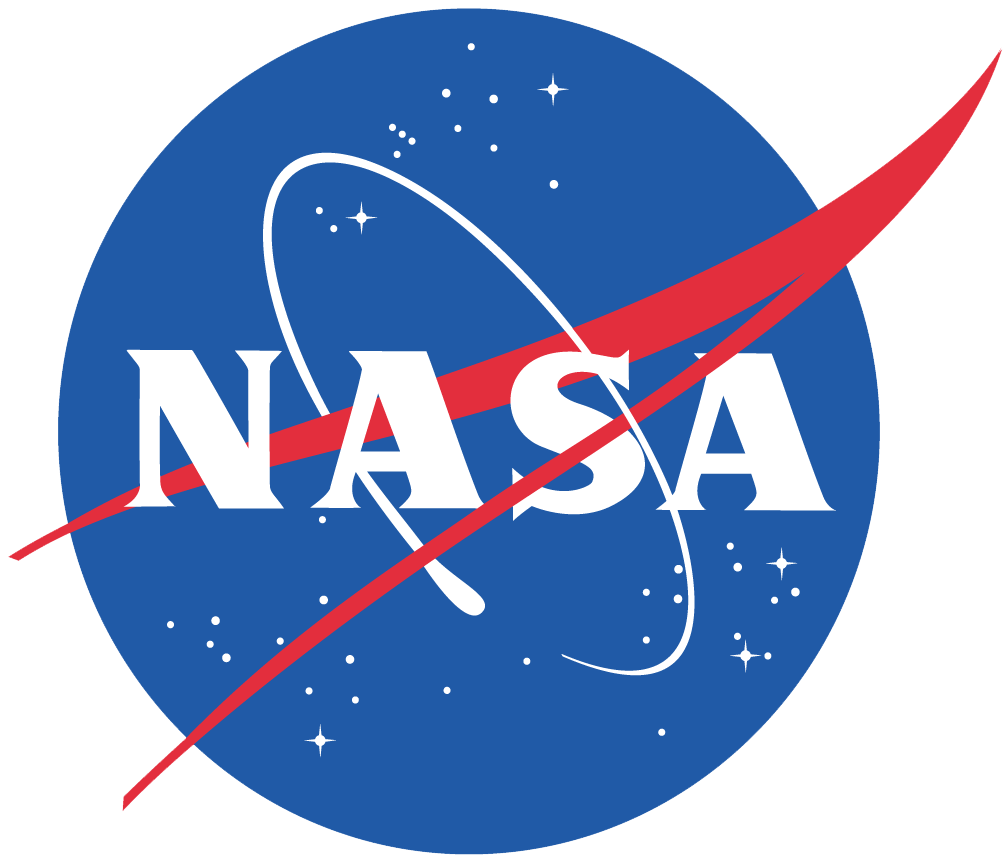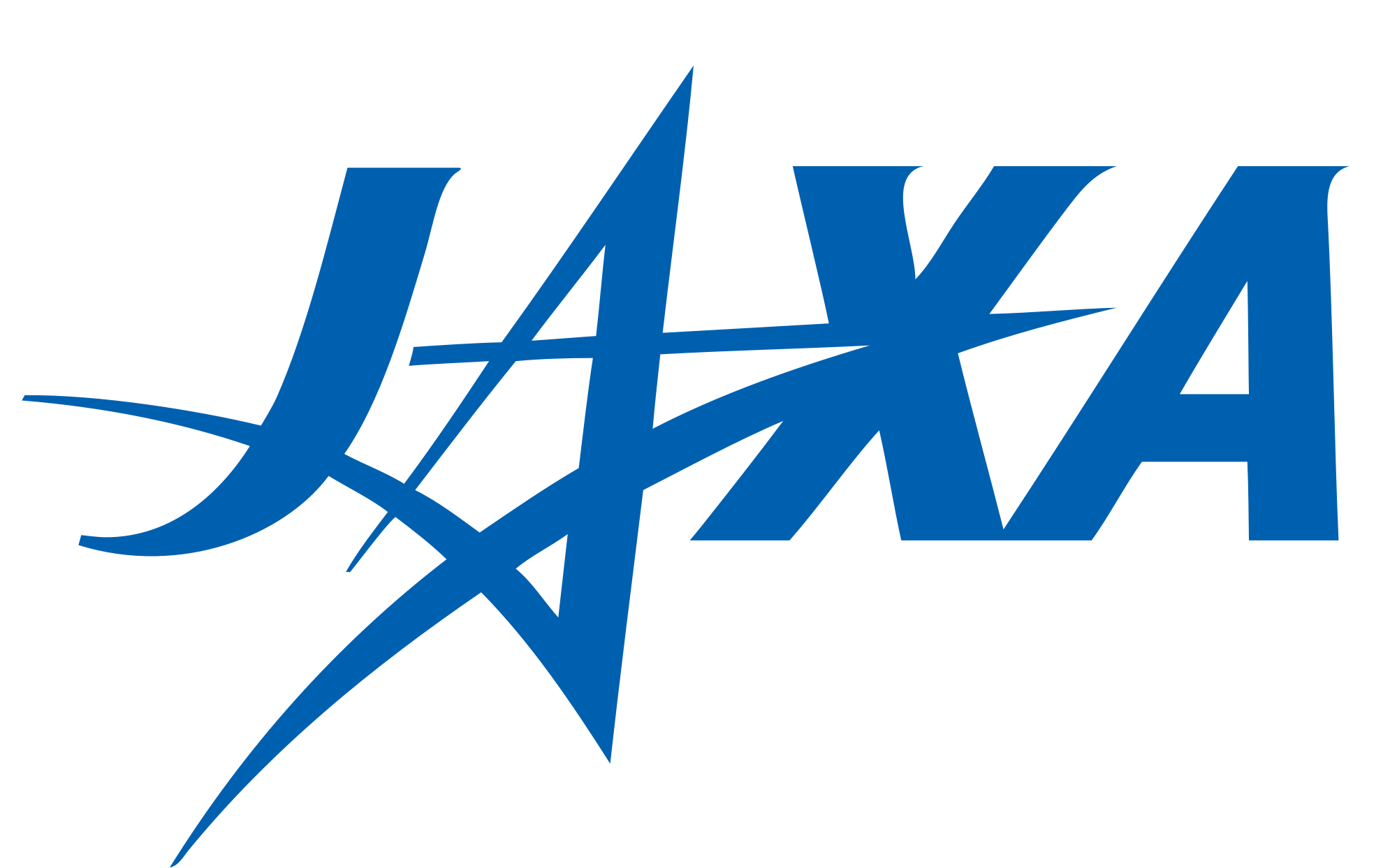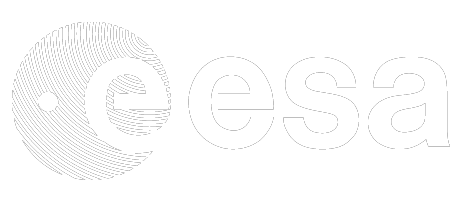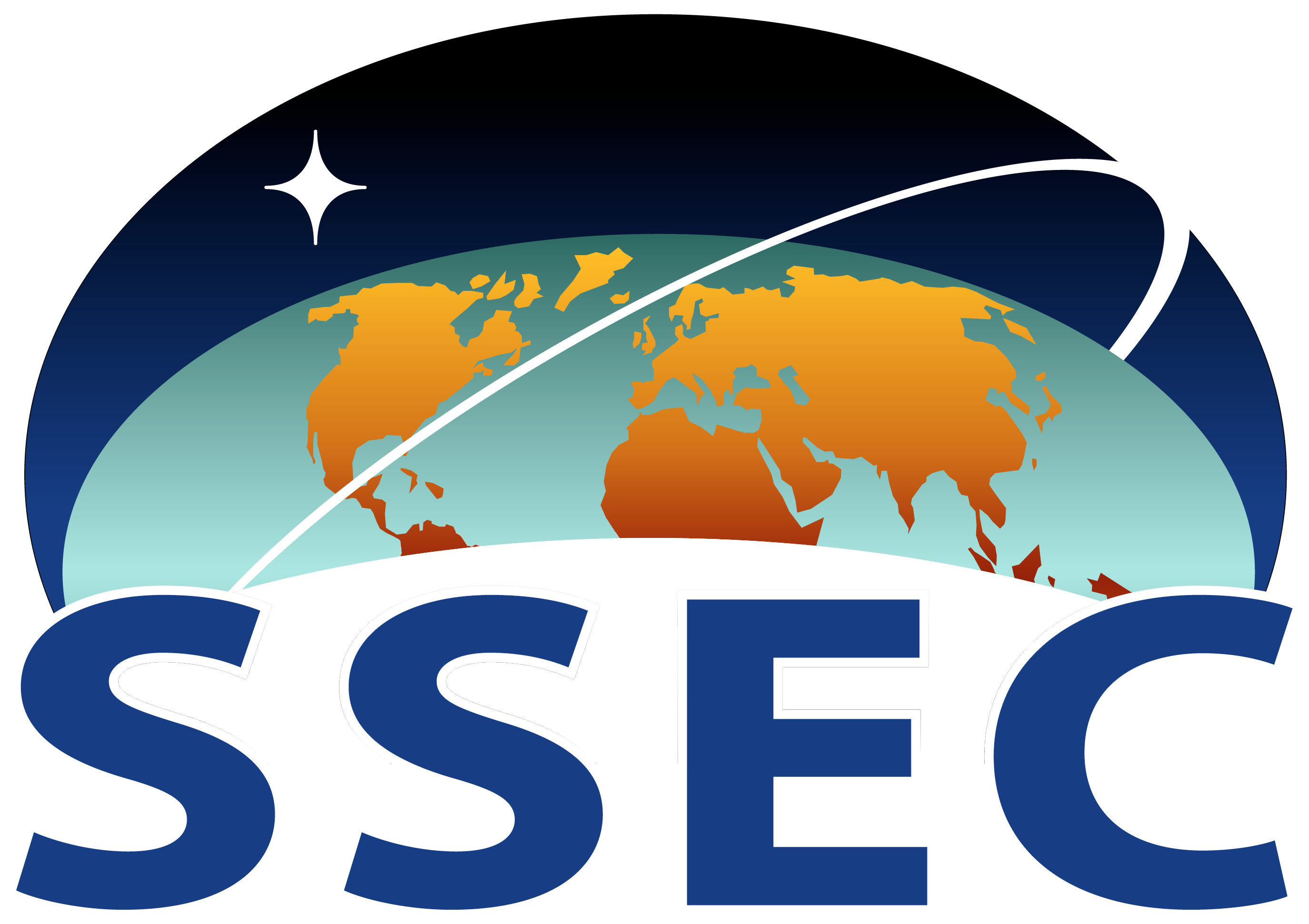Future Missions to Venus
Since the early 2000’s the international Venus Scientific community has conducted several studies and submitted reports to NASA, regarding priorities for future Venus exploration. In addition to high priority science goals addressing the planet’s unusual and unique atmospheric dynamics and surface geology, these research goals have evolved to accommodate more recent science theories including the investigation of the planet’s clouds for the possibility of simple bacteria-like lifeforms.
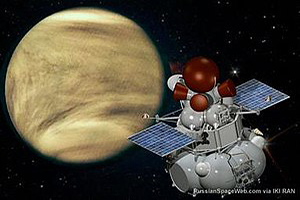
VEXAG ( Venera-D )
Representatives from the US and Russian Venus research community are working together to identify and prioritize the scientific objectives of a joint Venera-D mission concept. The Science Definition team has recommended both an orbiter and a lander to address the high priority science goals that will support the advanced study of planet’s atmospheric dynamics as well the surface geology and chemistry. The Venera-D mission concept aims for a launch window in 2026 or 2027.
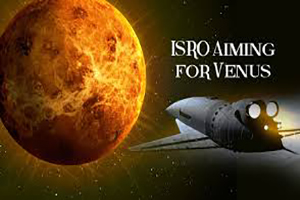
ISRO ( Venus Orbiter )
In 2017 the Indian Space Research Organization announced plans to become the most recent nation to consider exploration of our closest planetary neighbor. The proposed Venus mission targets a 2020 launch date and will most likely be a climate orbiter.
